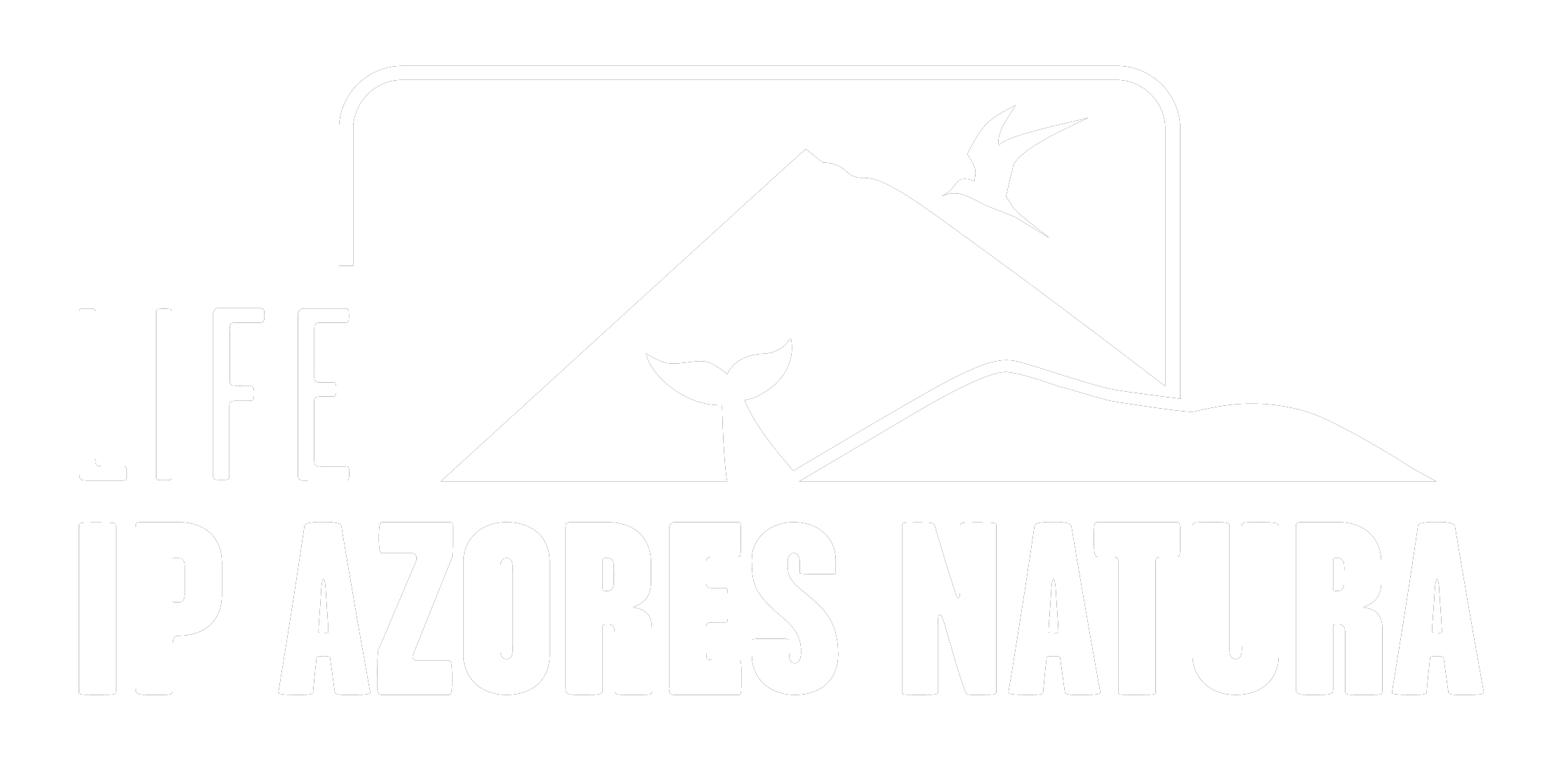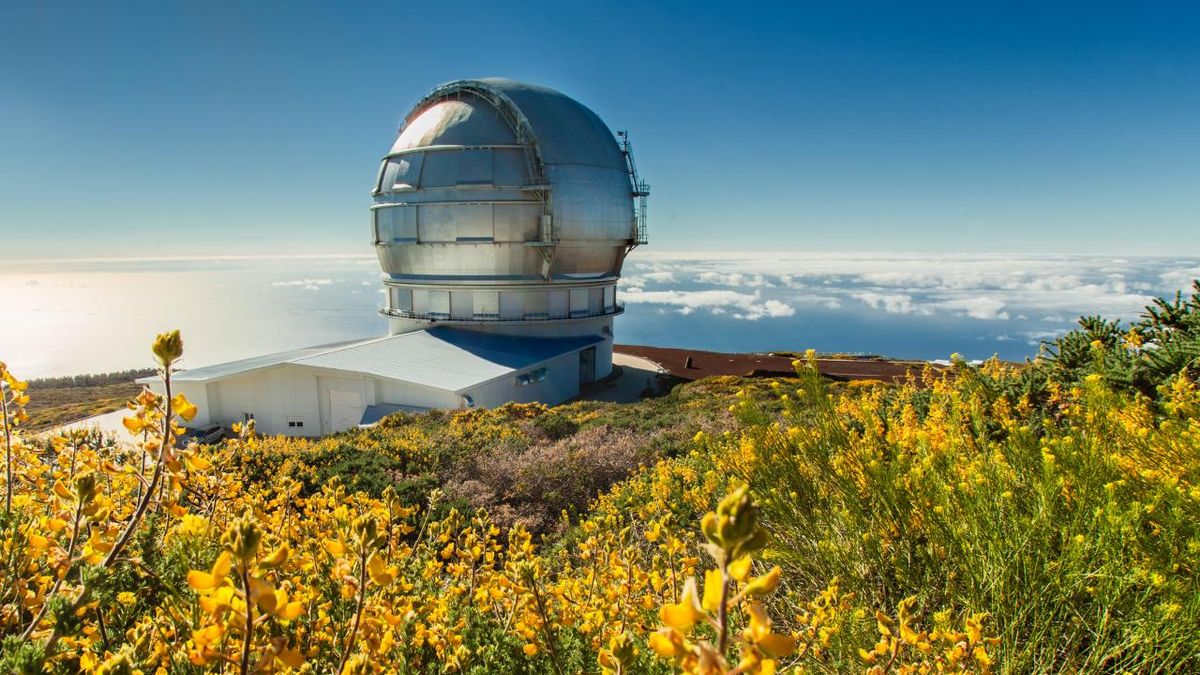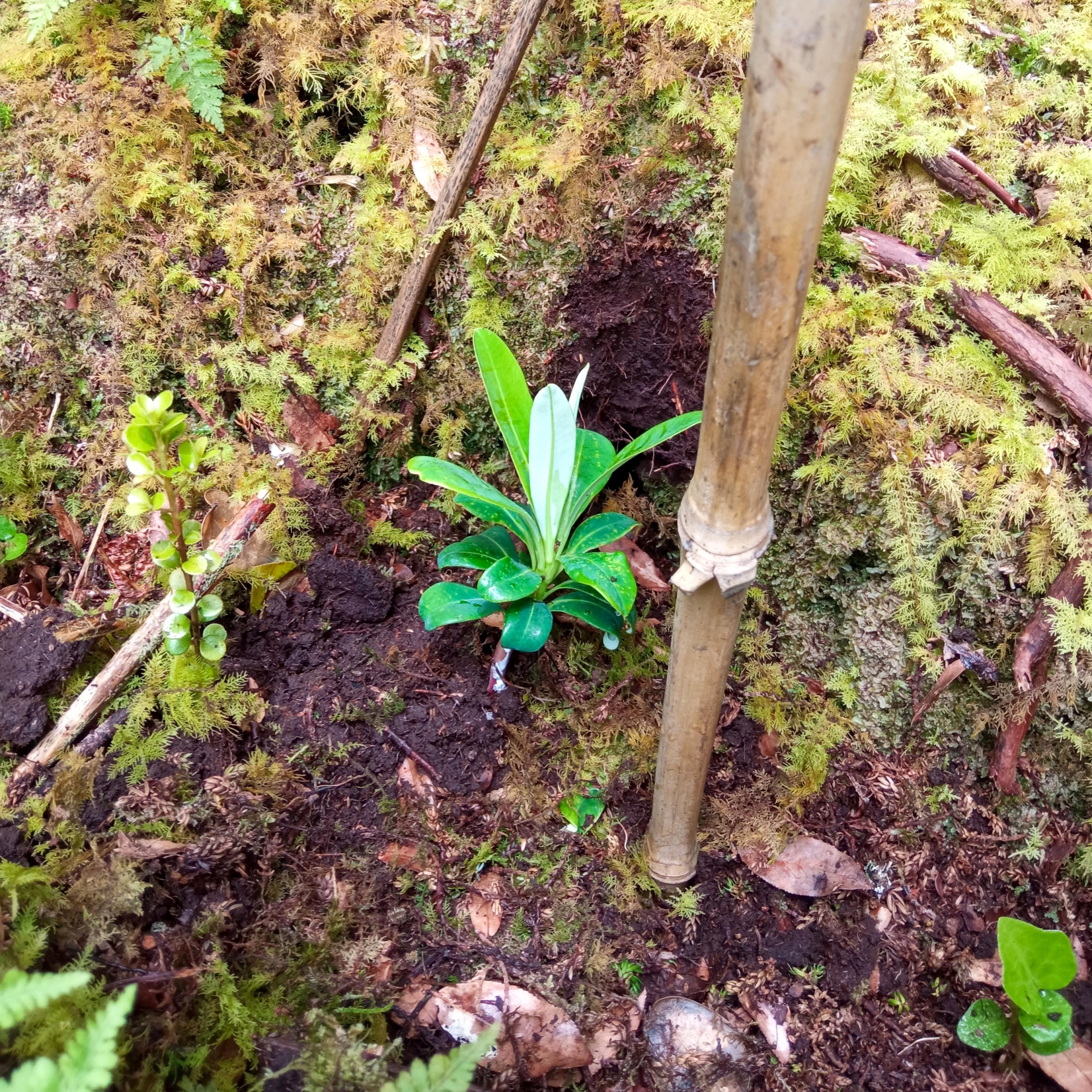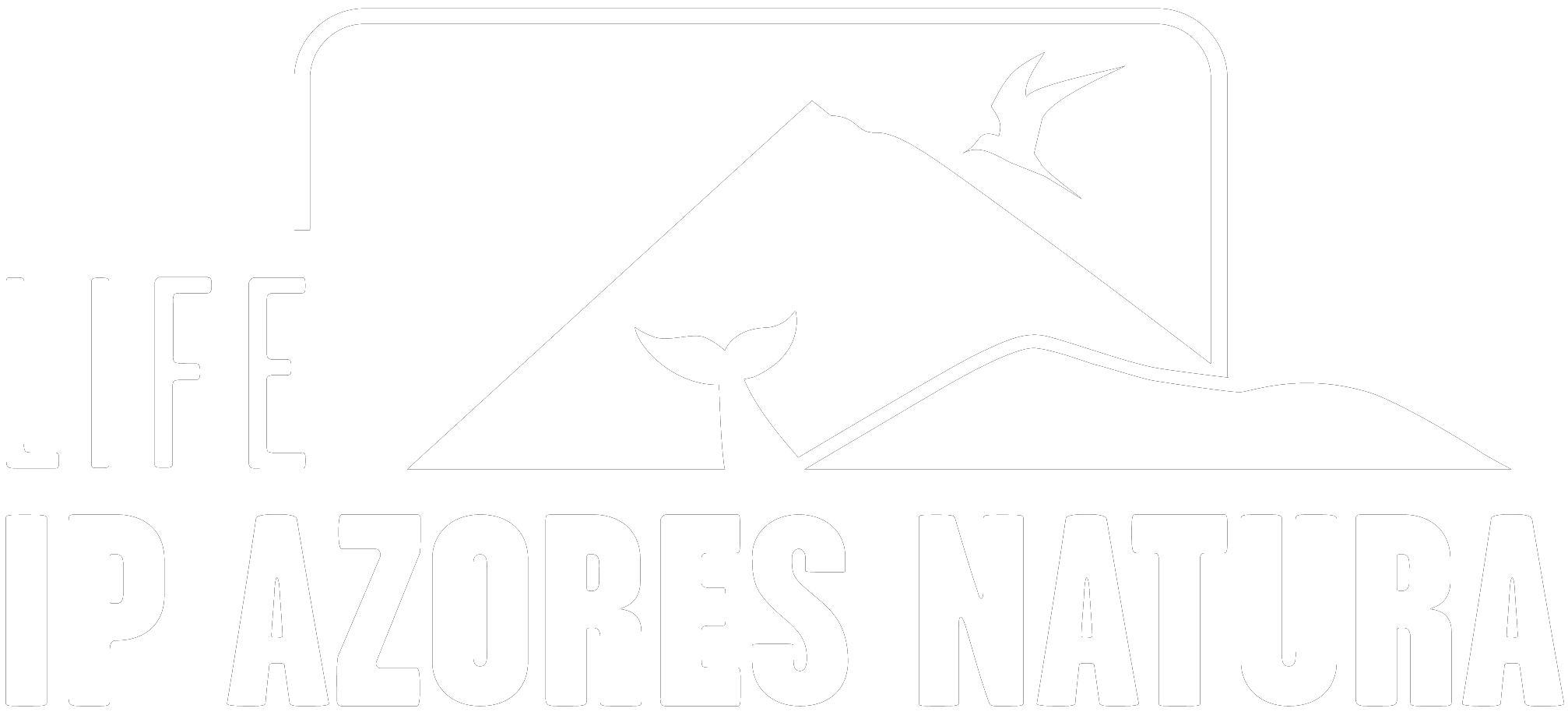The La Palma World Biosphere Reserve, a partner of the LIFE IP Azores Natura project, and the Canary Islands Astrophysics Institute have developed a protocol for the prevention, control and rapid response to new and recently discovered species of invasive exotic flora that can threaten the conservation of protected habitats and protected species framed within of the Observatory del Roque de Los Muchachos.
The president of the World Biosphere Reserve La Palma, Mariano H. Zapata, explains that this collaborative action is part of the development work of the European Life initiative, of active protection and integrated management of the Natura 2000 Network, being essential to ensure the effectiveness of the work on the island to preserve the ecosystems.
In this way, the director of the CIAI, Rafael Rebolo, highlights that “the protocol has an initial validity of four years and allows to establish a framework of collaboration between the two entities to protect the environment at the Observatory as much as possible”.
In the same document, the note indicates the treatment that must be applied to each of the species of flora and fauna contained in the National Catalog of Invasive Alien Species, or that are considered potentially dangerous by the Government of the Canaries, and also those that were not detected in La Palma, but whose appearance can be very likely.
He adds that this protocol, will make it possible to meet two of the objectives of the strategy promoted by the European Commission in 2020 to stop the loss of biodiversity and ecosystems in the EU, such as the protection of ecosystems and stricter controls on invasive alien species.
In addition, he concludes, the development of this action protocol is directly related to the development of the 2030 Agenda for Sustainable Development, which aims to guarantee the protection of people, the planet, and prosperity and with the fulfillment of the Sustainable Development Goals (SDGs) will develop a shift towards sustainable development.













